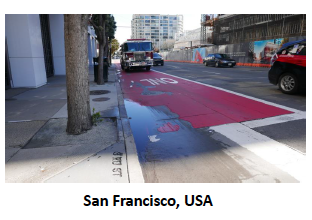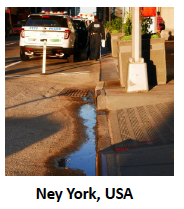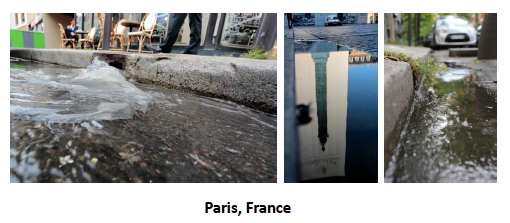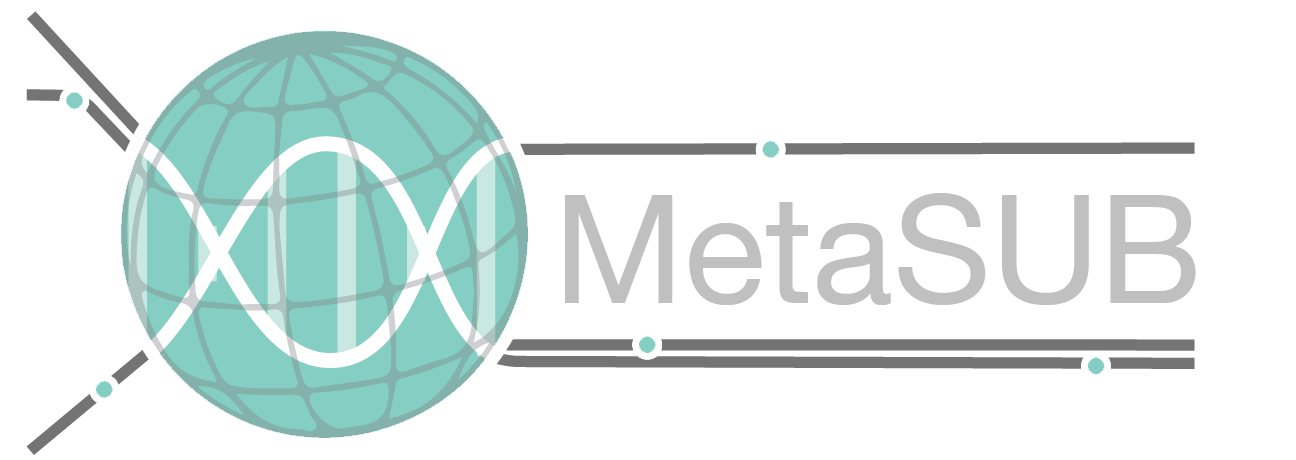Cities also present a large diversity of built and vacant landscapes, with a number of informal urban surfaces and area (building gaps, vacant lots, street verges, watersides, walls, fences, roofs, etc.) that have been less investigated in terms of their microbial biodiversity, connectivity, and putative ecological roles.
In particular, street gutters which are functionally important structures, mainly built to carry away wastes, runoff and rain waters, are found nearly everywhere in urban, sub-urban and industrial places have been largely overlooked. However, depending on the supplied water sources, street texture, cleaning frequencies and use, and anthropic litter, microbial biofilms/mats can grow and form complex species association with various functional roles.
Starting from the French metropole, Paris, our project aims at monitoring of the molecular diversity of both the eukaryotic and prokaryotic micro-organisms present in the street gutters at the city scale, and in different countries. The understanding of these world-wide communities might have huge public health consequences. The management of street microorganisms, which might spread within the entire cities, could also have implications in the management of runoff by municipalities and help to build smart and sustainable cities.
This project is currently run by Pascal Jean Lopez (Centre National de le Recherche Scientifique, Muséum National d’Histoire Naturelle, Paris, France) and Vincent Hervé (Max Planck Institute for Terrestrial Microbiology, Marburg, Germany).



